Dodge announced yesterday it is ending production of the Dodge Challenger and Charger. The 2023 models of the famous muscle cars will be the last new ones you’ll be able to buy unless they revive the model down the, uh, road.
On one hand, yanking these cars in favour of some unannounced electric followups points toward a more sustainable future, which is certainly critical if we hope to have people around to drive cars in the future. But on the other hand, muscle cars are awesome and fun. Either way, it got me thinking about other iconic cars that you can no longer buy new. Here is a list of them 10 of them, some more sorely missed than others, but all gone too soon. Feel free to add your own in the comments.
Cadillac DeVille (1959–2005)
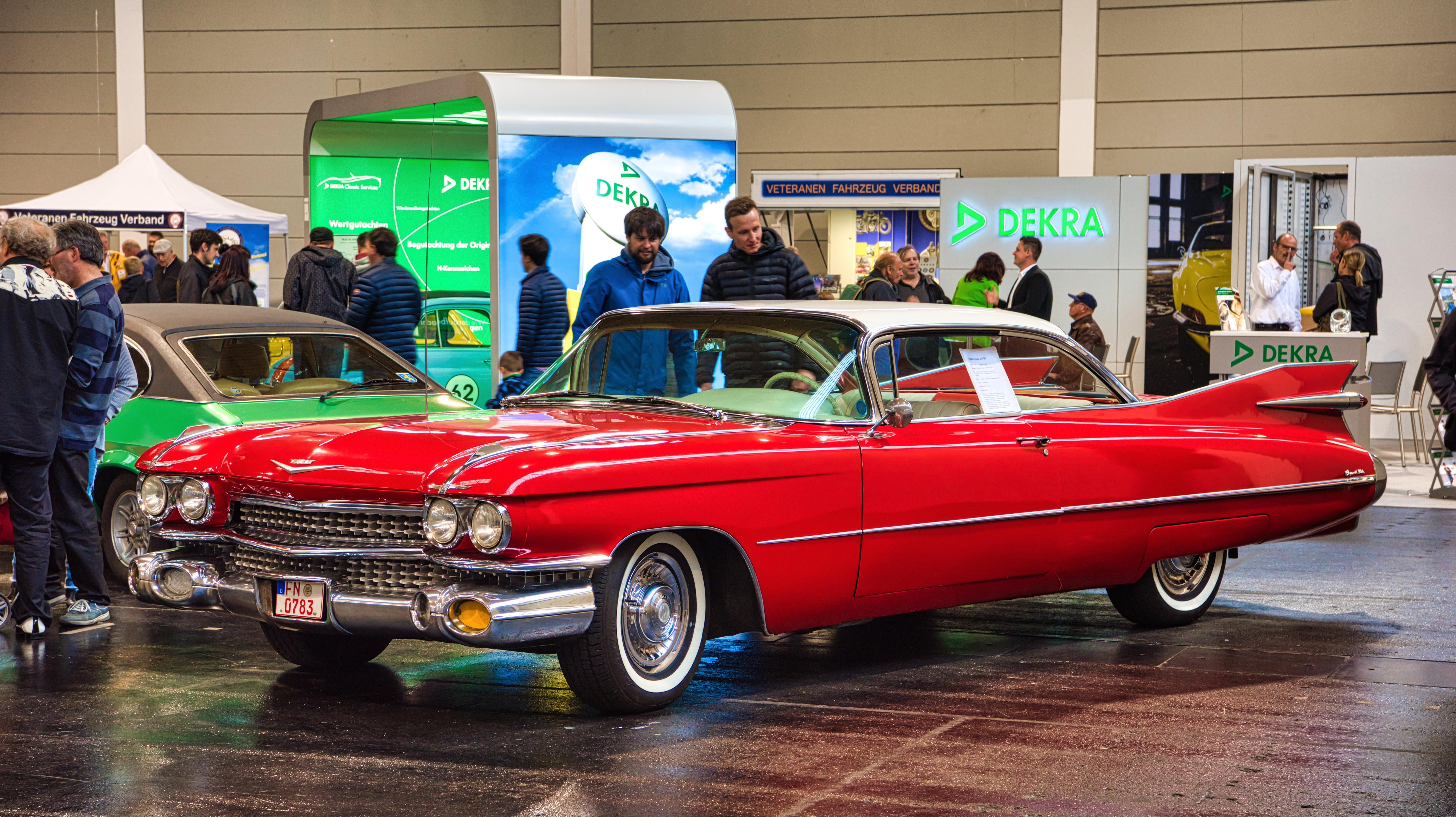
General Motors introduced the Cadillac DeVille in 1959. With its oversized tail fins, dual bullet taillights, power steering and brakes, and 325-horsepower 6.4-litre engine, the DeVille made a statement. The favoured ride of old school politicians and movie stars, there were eight generations of this luxury car (some better received than others) until the final DeVille rolled off the line in 2005, replaced by the way less interesting Cadillac DTS (DeVille Touring Sedan).
Ford Focus (1999–2018)
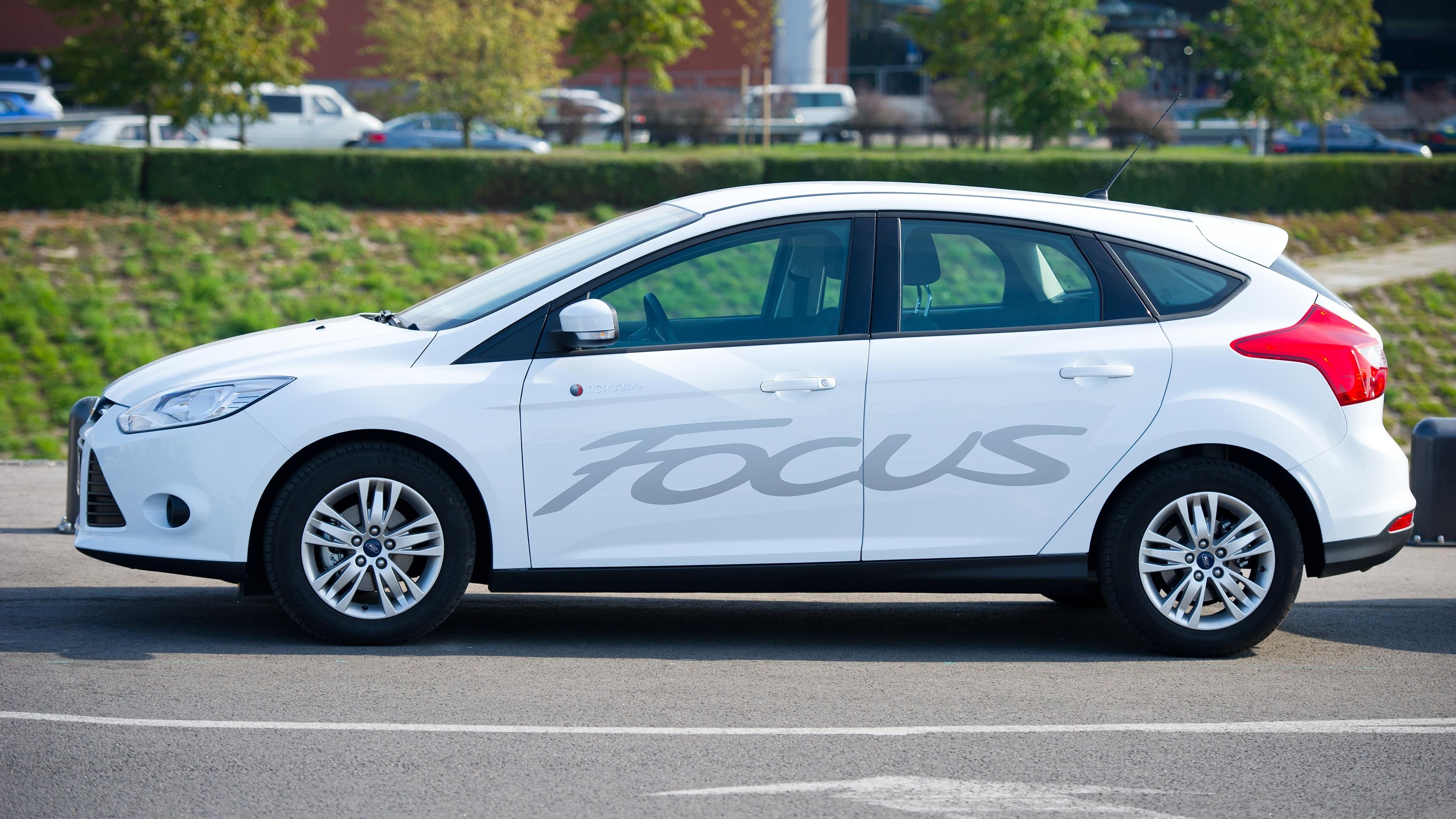
First sold in the United States in 1999, in its early years the Ford Focus name was synonymous with notion of the affordable, entry-level compact car, but unlike many cars in that category, it wasn’t boring to look at or drive. The Focus was an instant success, outselling every other car in the world in 2001 and 2002. Although 2018 is the last year you could buy a Focus in the United States (as Ford changed its focus to trucks and SUVs), later years are available in other countries.
Hummer H2 (2002–2009)
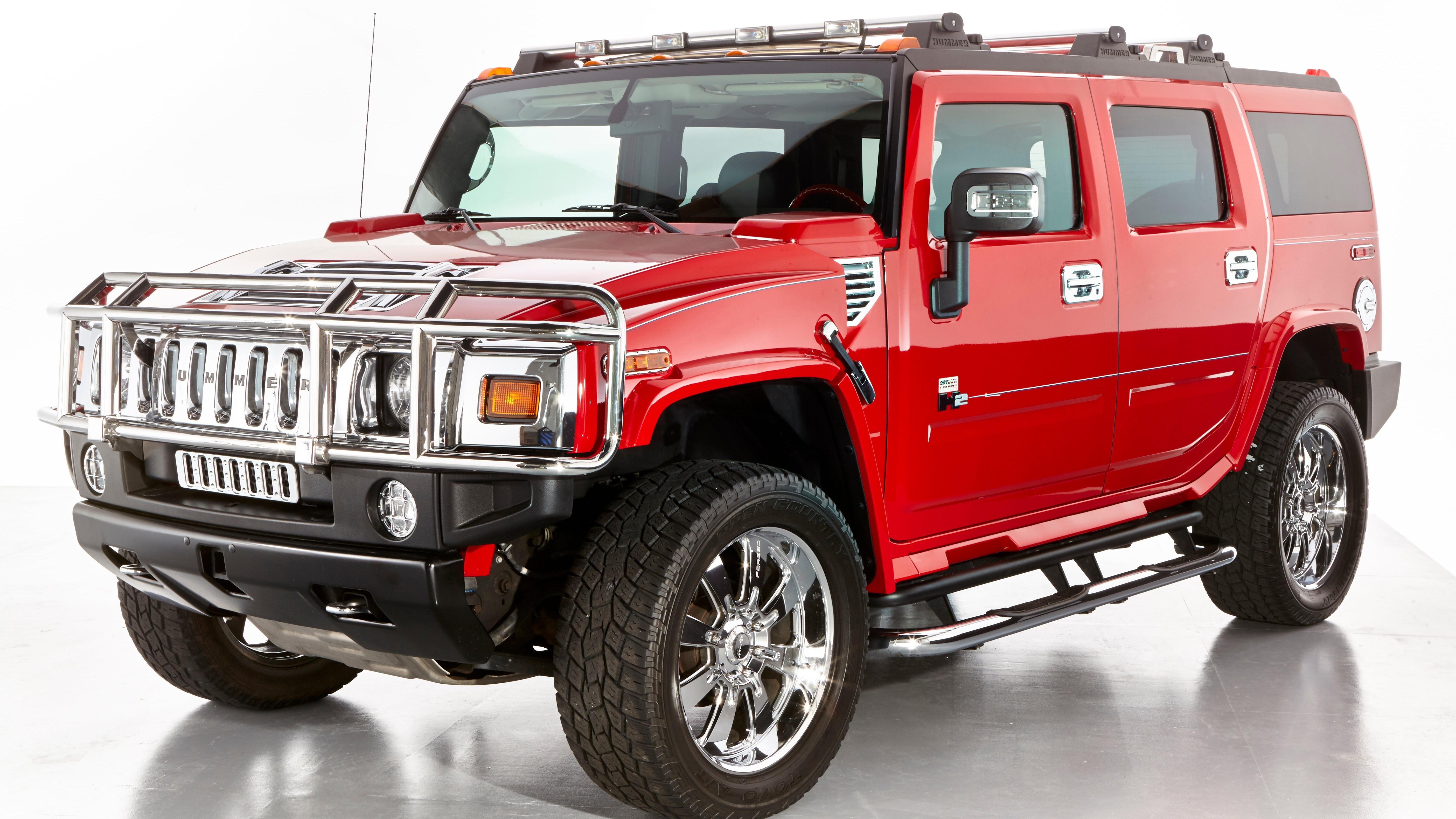
The Hummer H2 is a ridiculous monstrosity of a vehicle, but it’s so over-the-top and uncool, you have to appreciate it. A scaled-down version of the military’s multipurpose Humvee, the H2 was first introduced in 2002. It weighed 2,722 kg and drank gasoline like an alcoholic downs gin. As you’d guess, the vehicle pissed off environmentalists and effete city-folks alike, but that was a feature, not a bug. The H2 was never a huge seller, and in 2009, General Motors only sold around 1,500 H2s, so they pulled the plug.
Saab 900 (1978–1998)
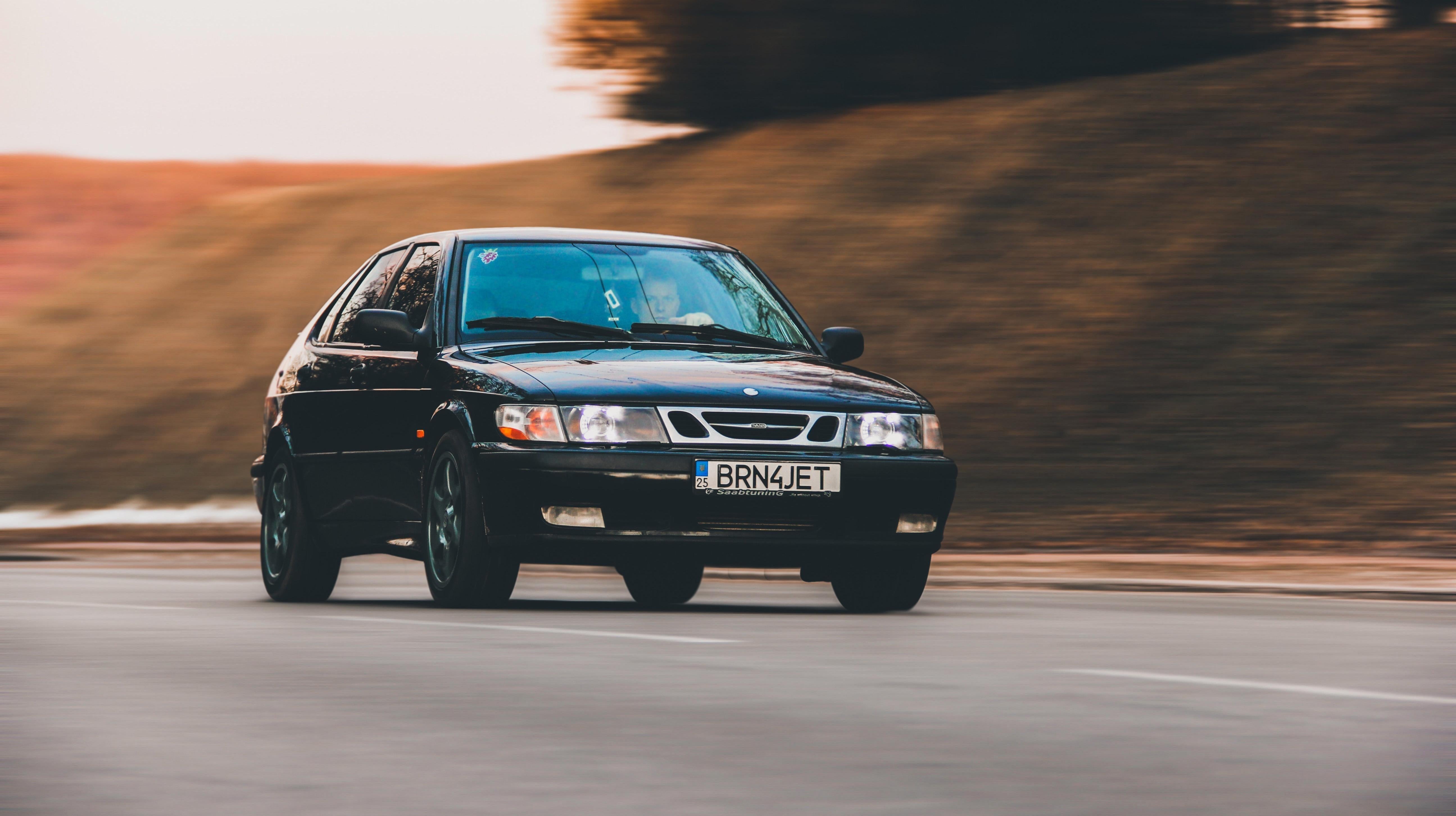
The Saab 900 is one of those cars you either love or completely don’t understand. Originally manufactured by a Swedish fighter jet company (and eventually by GM), the Saab 900 featured a centre console ignition, turbocharged engine, and a prominent pushbutton that read “NIGHT PANEL” that served to turn off the instrument lights. I don’t know why either, but I know my 1997 Saab 900 SE hatchback is the greatest car I have ever driven. Sadly, Saab was one of a few brands GM cancelled in recent decades (alongside Hummer, Pontiac, Saturn, and Oldsmobile) as it struggled through a post-Great Recession bankruptcy and reorganization; it stopped manufacturing the weird luxury/performance cars in 2011.
Ford Crown Victoria (1992–2012)
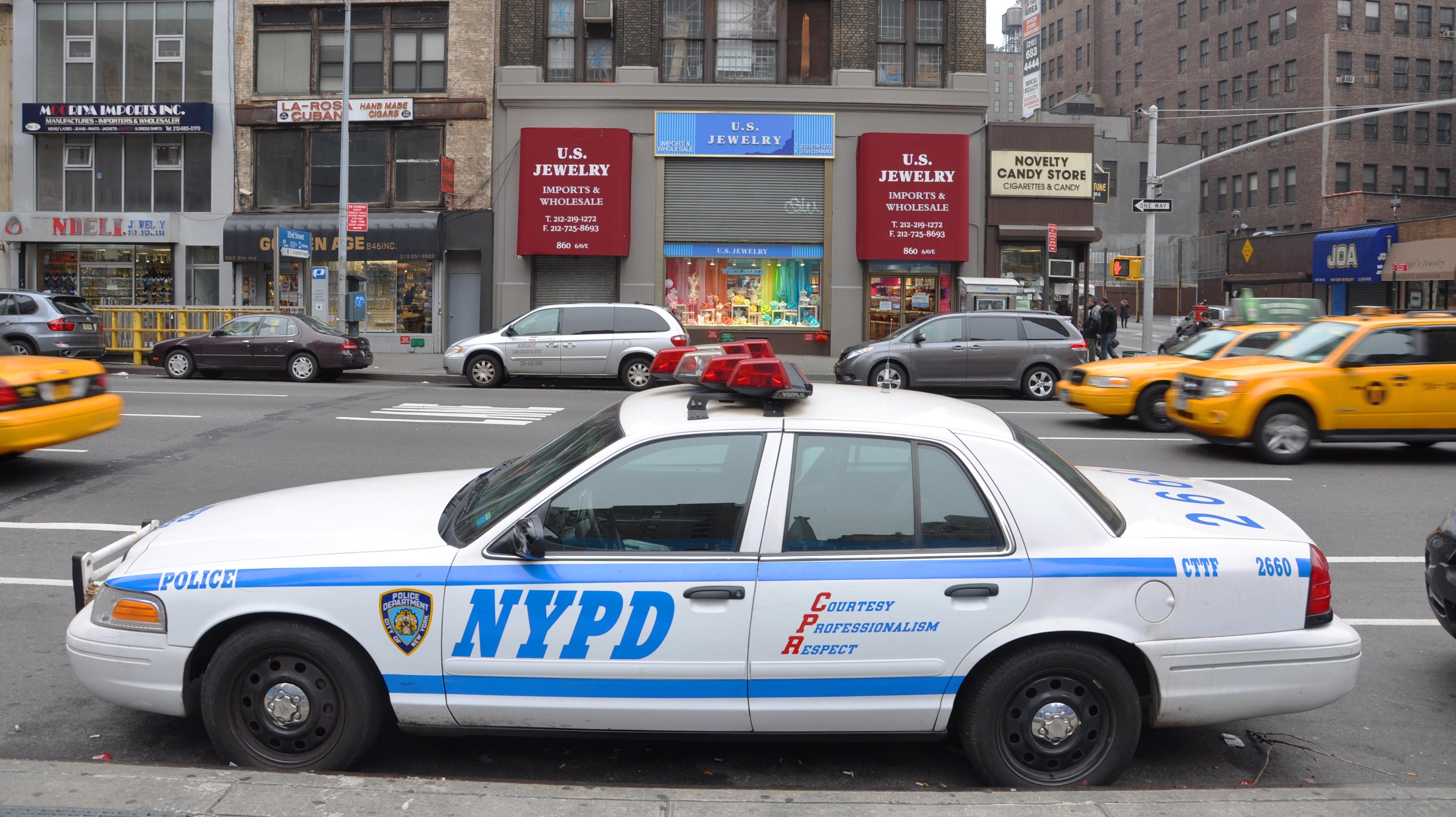
Whether you’ve spent more time in the front or back of a Crown Victoria says something about your lifestyle. The name “Crown Victoria” was originally used by Ford in the 1950s, then later as a top-of-the-line option package on Ford LTDs. In 1992 they just started calling the model the Crown Victoria, but no matter the name, the fast, tough Crown Vic is the most iconic cop car of all time. By the final years of its run, cops were pretty much the only people buying them: In 2006, 95% of Crown Victorias were sold to law enforcement. agencies. Since 2012, Ford-loving police have to drive around in Tauruses! The indignity!
Toyota Celica (1979–2005)
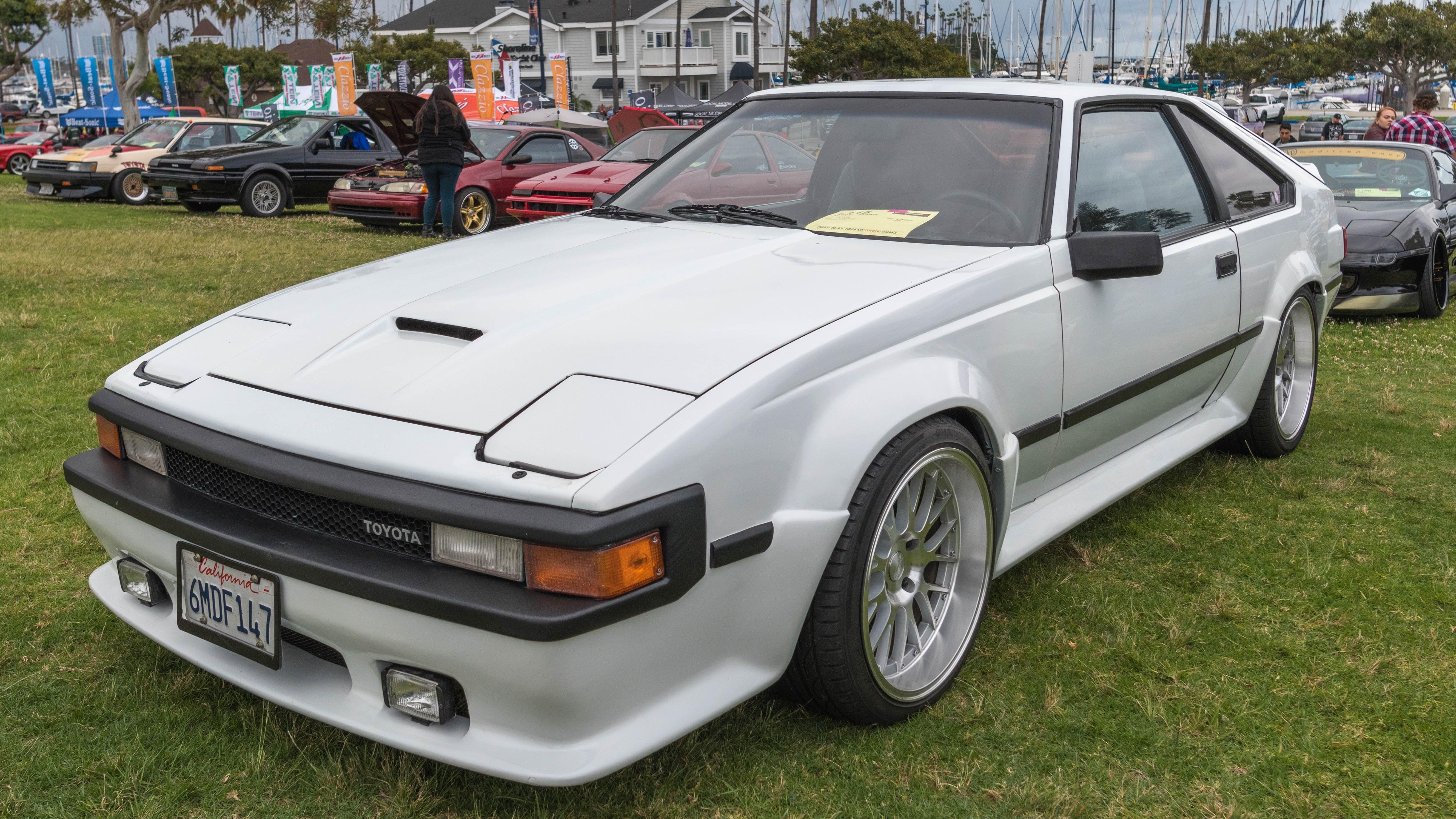
Originally released in Japan in the early 1970s as an answer to American muscle cars like the Ford Mustang, the Celica was hit when it was released in the U.S., praised for its comfort and handling. Toyota’s strict quality control also made the Celica a welcome respite from the Detroit-in-the-1970s malaise period-induced standard. Sadly, the Celica was pulled from the market due to a worldwide trend away from sports cars in the mid 2000s, not to mention tougher emissions standards.
Dodge Viper (1991–2017)
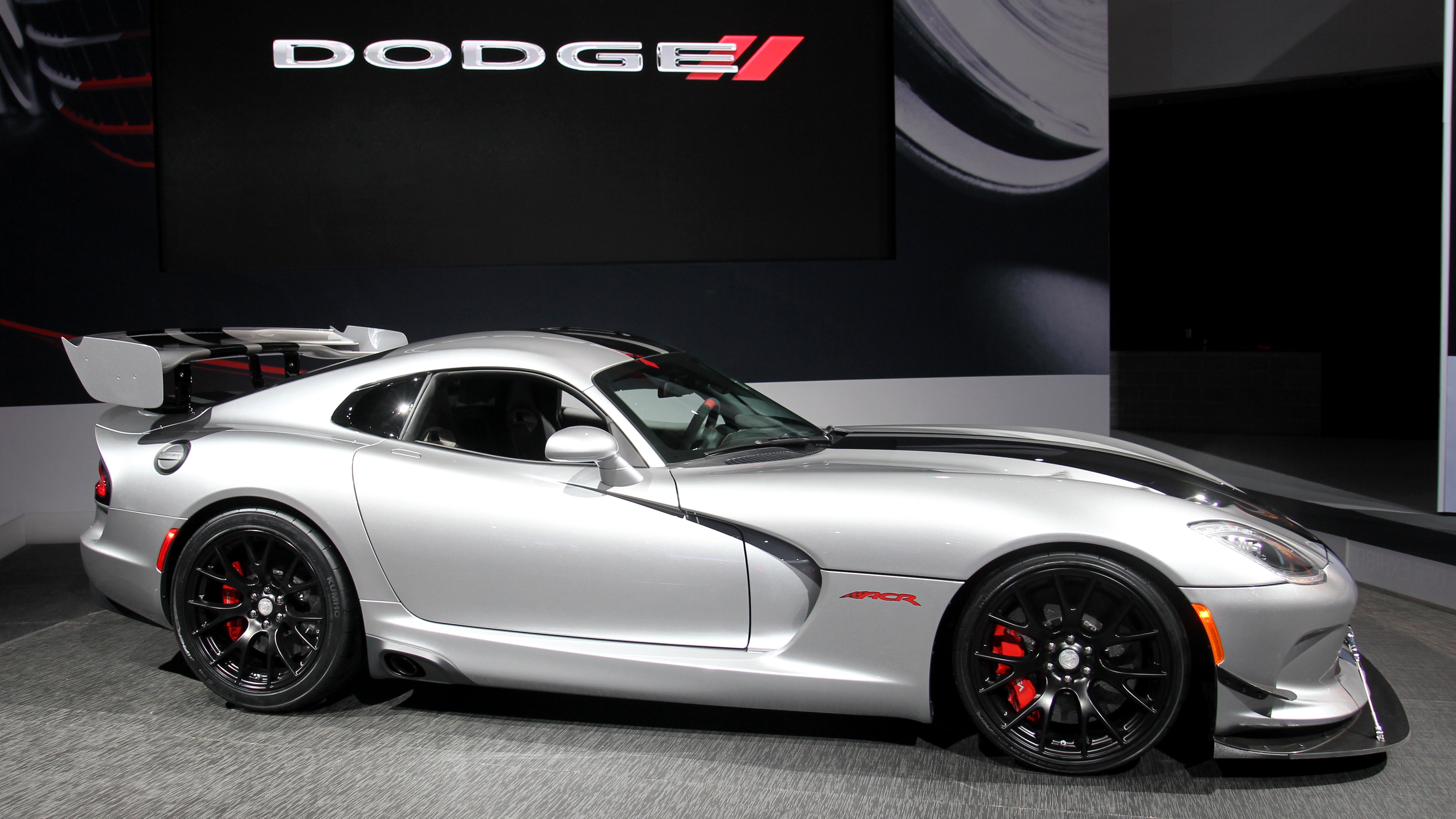
No car embodies 1990s excesses quite like the Dodge Viper. This all-American supercar’s V-10 engine made it a powerful, fast, and dangerous car, and its unique profile is either cool-as-hell or ridiculous-as-hell, depending on your design sensibilities. Later models were less over the top, but if you ask me, that killed the spirit of the Viper.
Chevrolet El Camino (1959–1987)
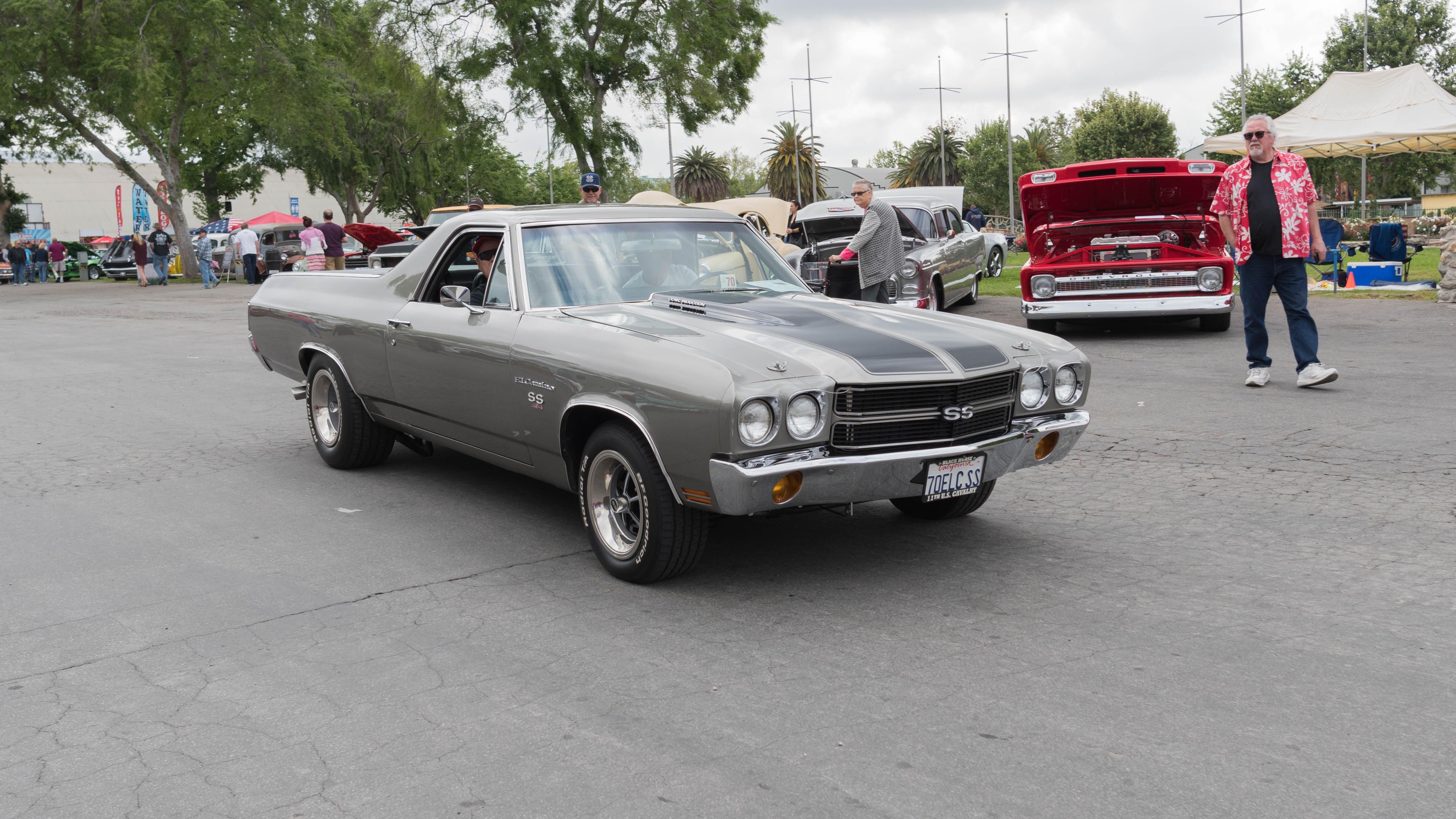
This combination of a muscle car and a pickup truck predated mash-up culture by decades. It was the blue-collar status symbol for most of its run — because, as the original ad copy for the vehicle read, “It rides and handles like a convertible, yet hauls and hustles like the working-est thing on wheels.” Bring it back, auto industry! I promise I won’t let anyone ride in the back.
Chrysler Town & Country Minivan (1990–2016)
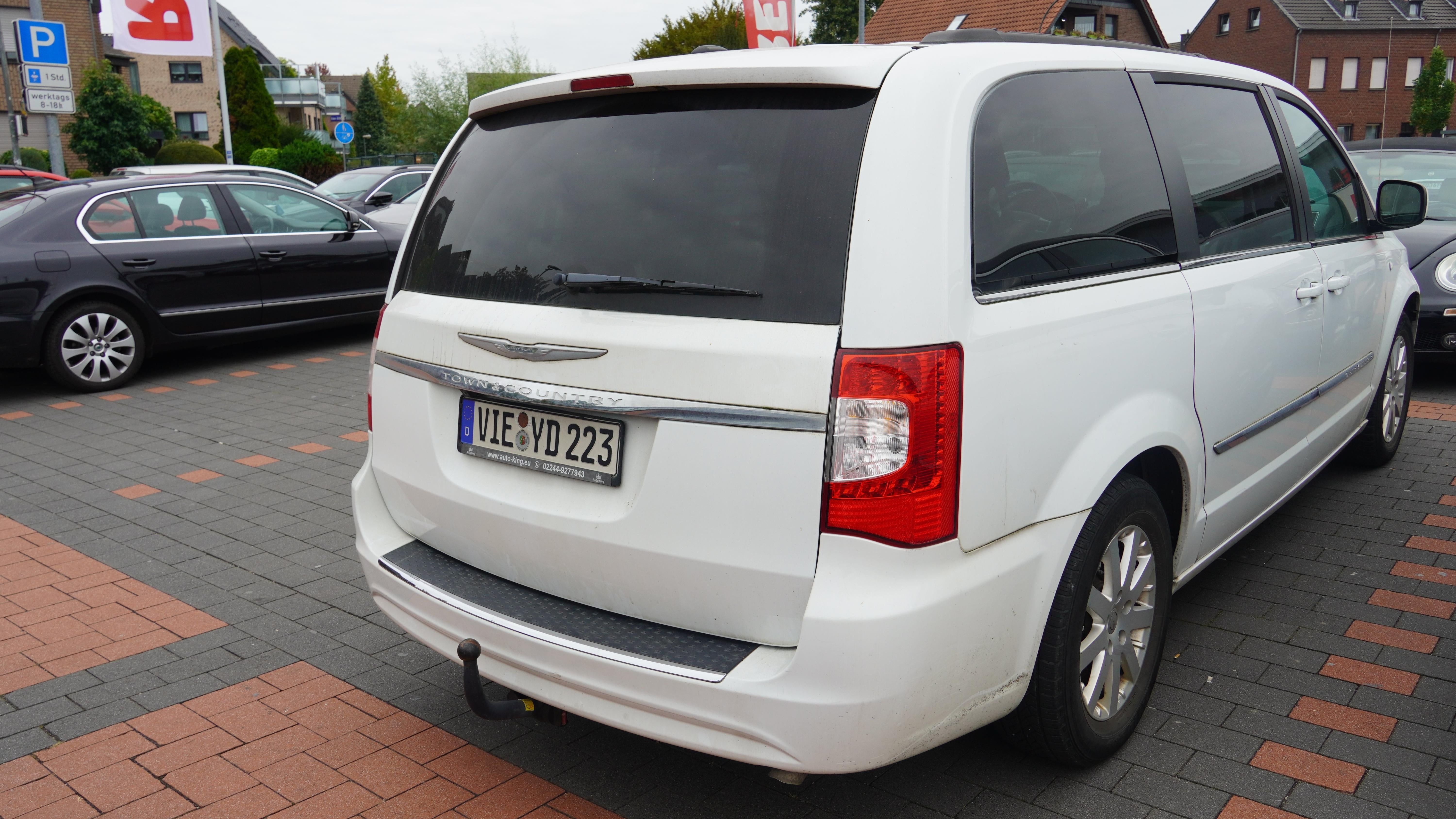
The Town & Country is the most minivan of all minivans, and I love minivans. They’re so much more honest about what they are and who they are for than the SUVs that replaced them, which is probably why they fell in popularity — embarrassed suburban dads would rather pretend to be going off-roading or to pick up a load of lumber instead of admitting they’re dropping Dylan off at soccer.
Pontiac Firebird (1967–2010)
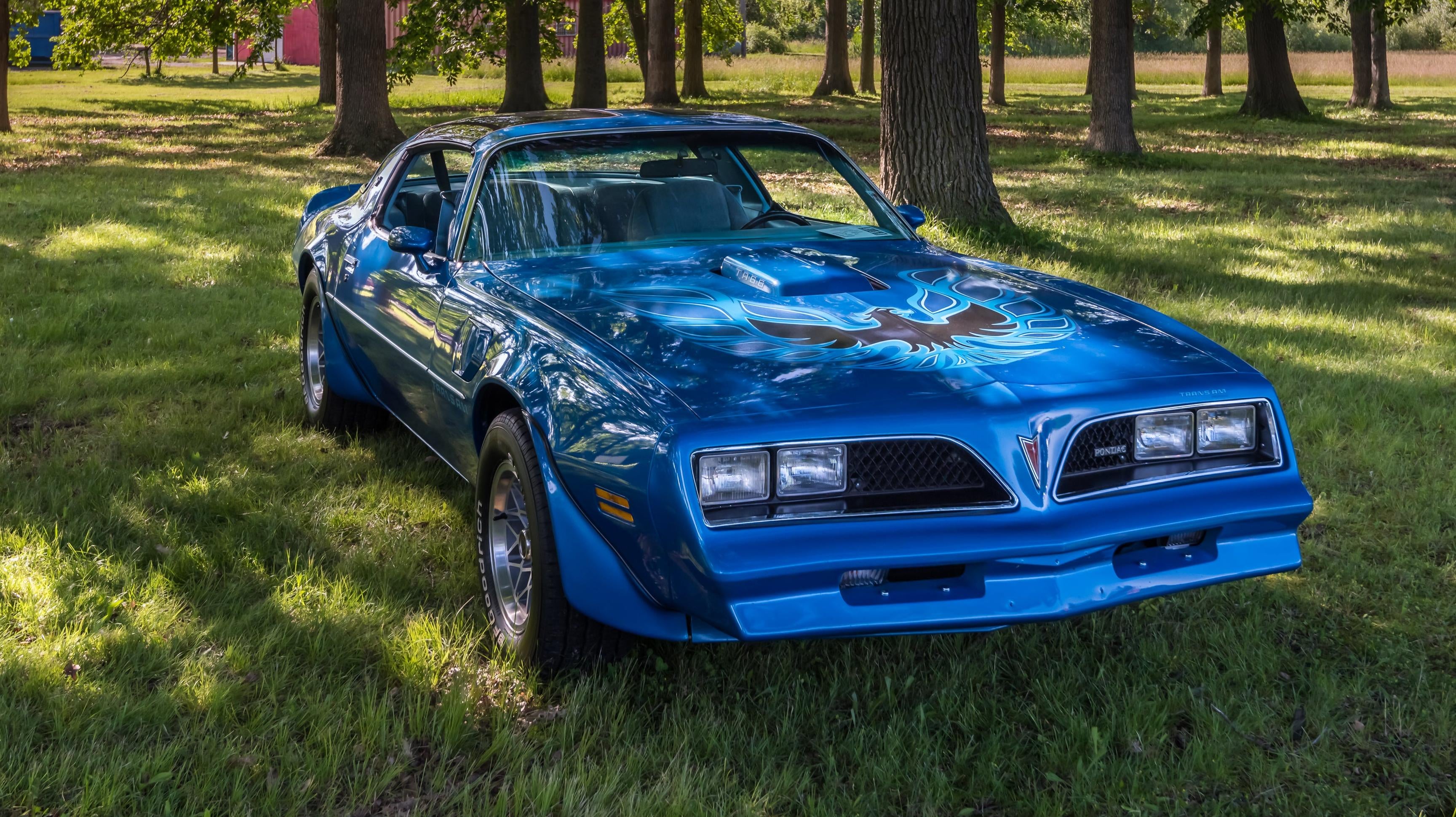
The Firebird is car of extremes. The good ones were really good — the 1977 Firebird Trans Am from Smokey and the Bandit; the growly, super-powered 1969 Firebird. The bad ones were terrible — the weak-arse, 4-cylinder, 145 HP 1982 model from Knight Rider. Pontiac dropped the Firebird back in 2010, but it rose like a phoenix in 2021 when fans revived the brand. So there’s hope for all these vehicles.
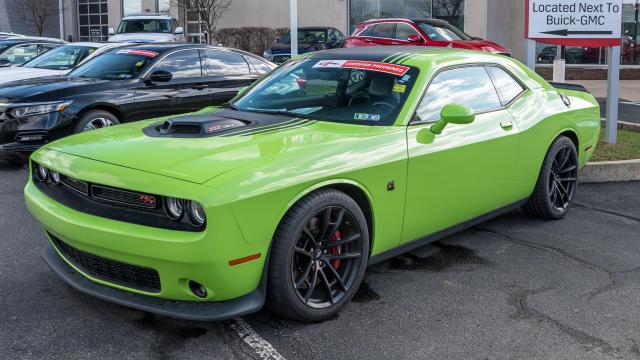
Leave a Reply
You must be logged in to post a comment.